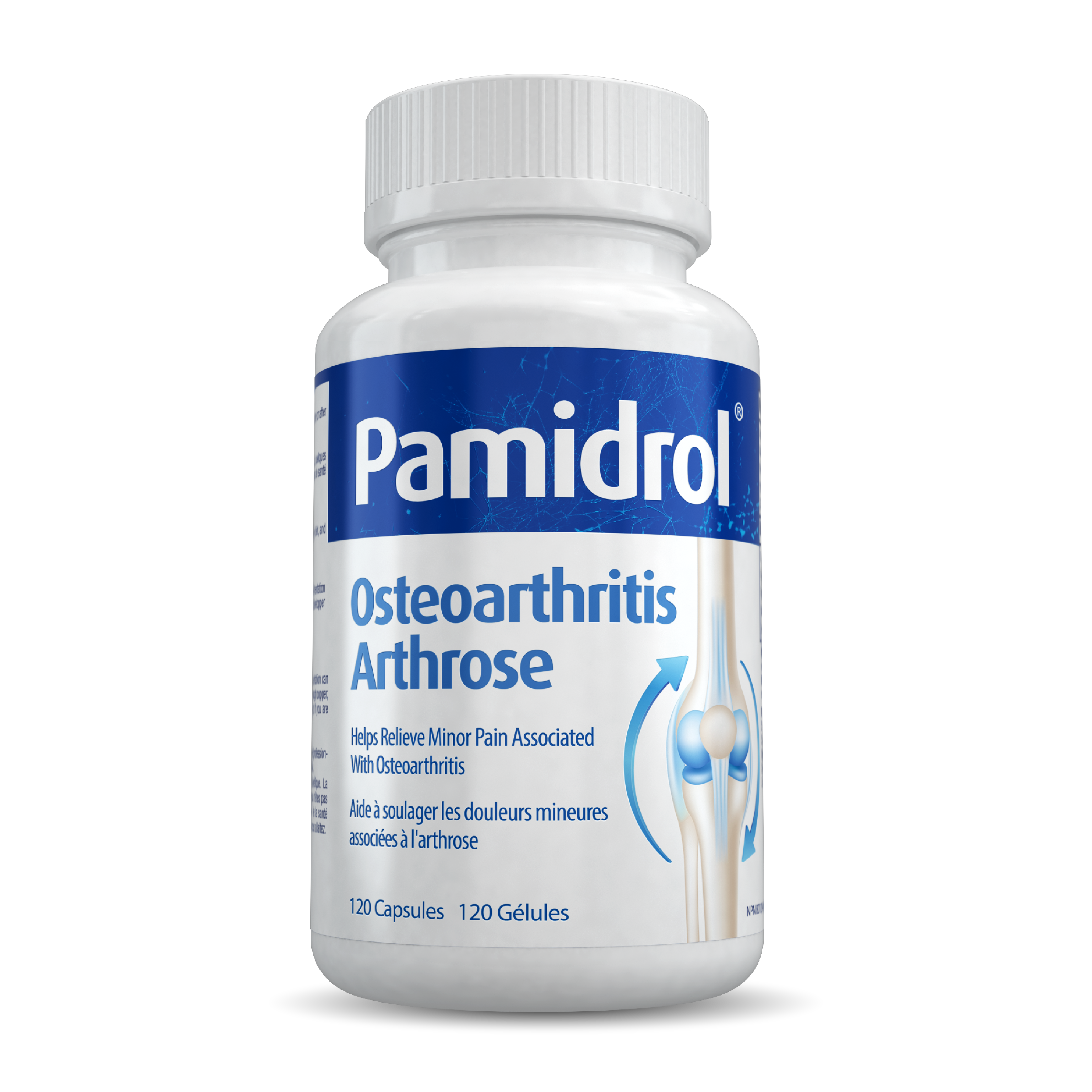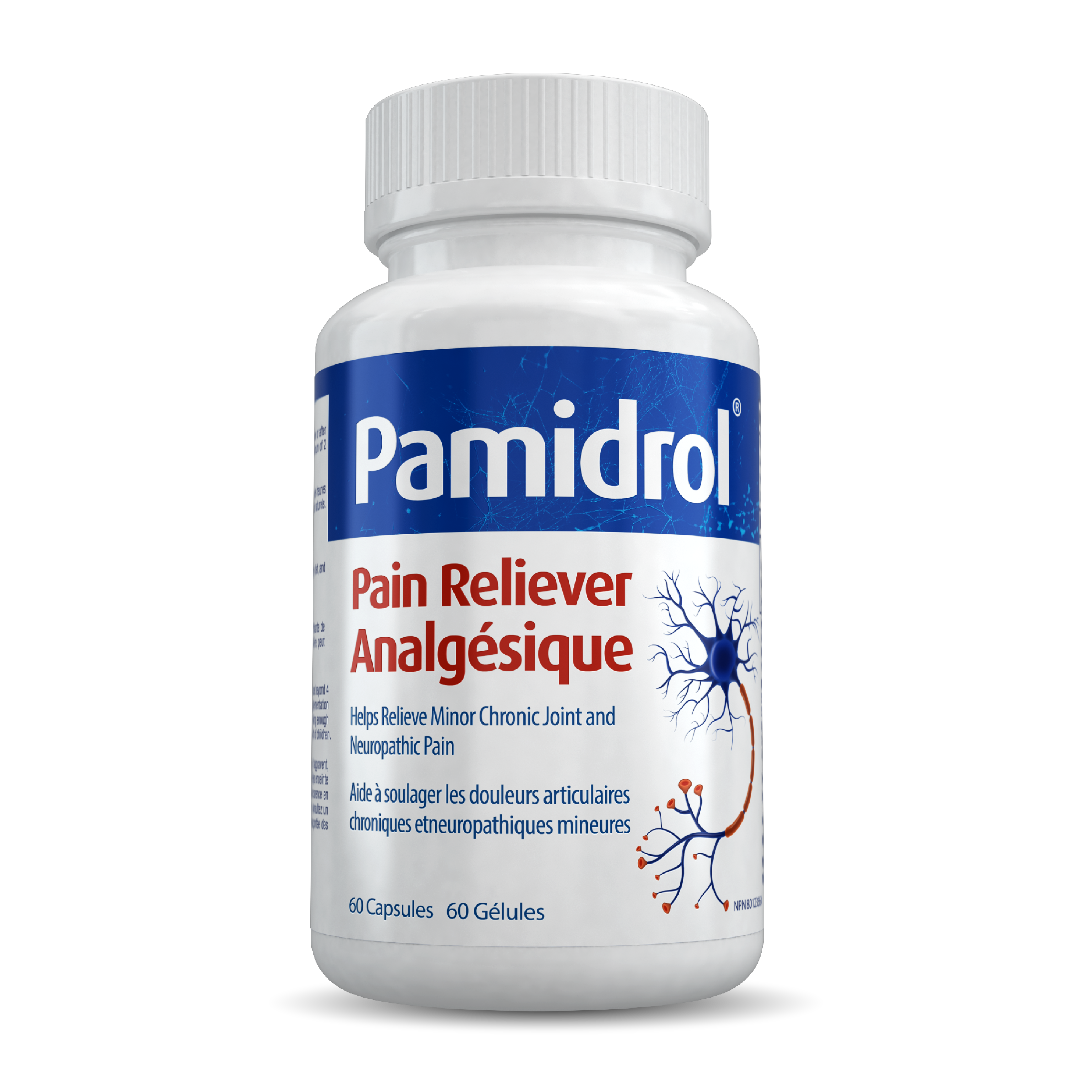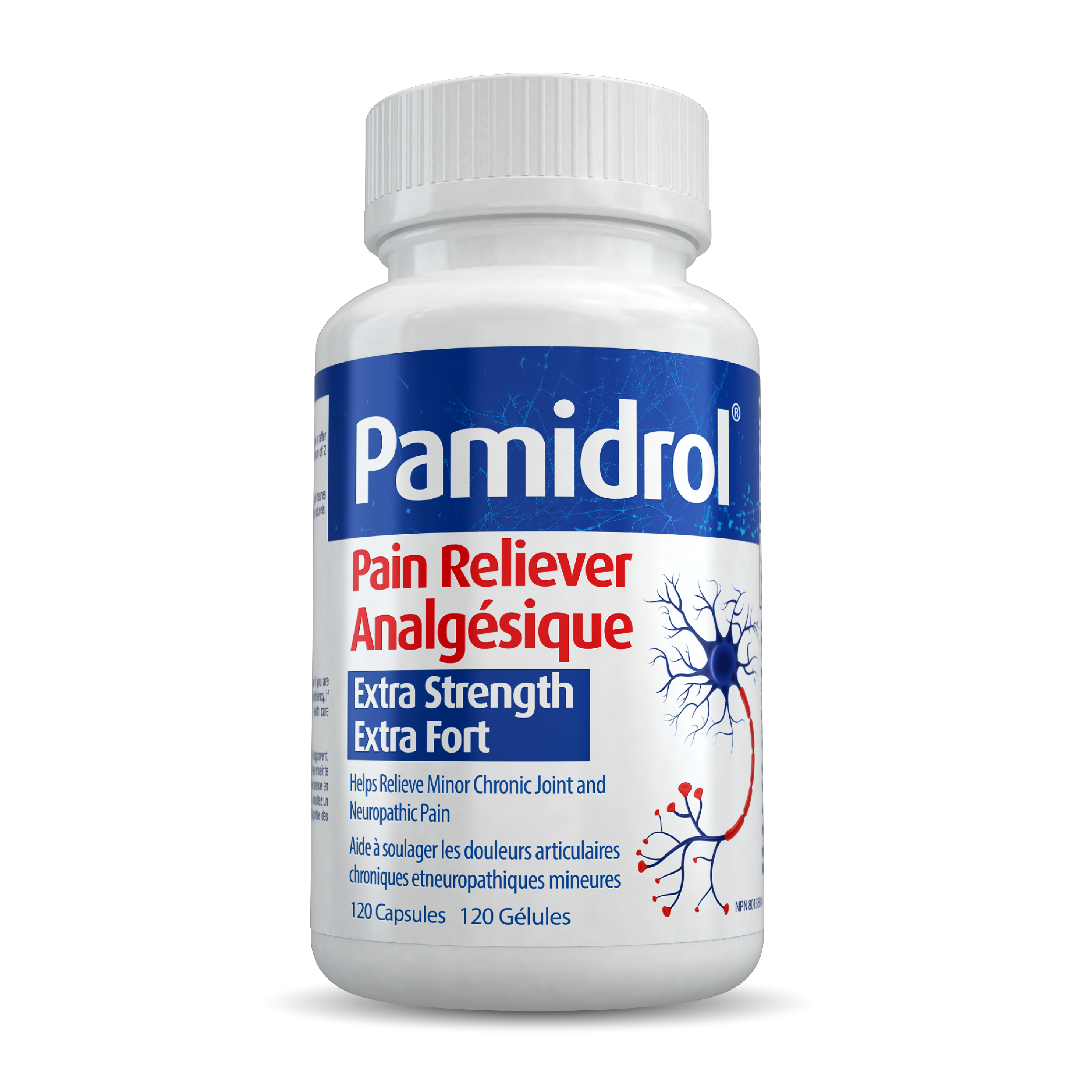Living With Chronic Pain

Chronic pain doesn’t just prevent us from enjoying the activities we know and love. It can also be severely exhausting and debilitating. In other words, it can seep into all aspects of life—impacting our relationships, hobbies, careers, and more.
Surprisingly, about one in five people experience chronic pain, meaning you aren’t alone. So, in this article, we explore what chronic pain is exactly, the most common types of chronic pain, and how you can potentially overcome it.
What is Chronic Pain?
While there are many types of chronic pain, chronic pain is defined as any pain that lasts longer than three months. It may persist or come and go. And it can be located anywhere in the body.
Unfortunately, for many, chronic pain can lead to anxiety and depression. It can also get in the way of a good night’s rest, which only exacerbates the issue. In fact, we all know what it feels like to have a poor night’s sleep and the potential stress that comes with it.
Stress and pain, interestingly, have a bidirectional relationship. Stress can increase pain and vice versa, indicating the connection between pain and mental health issues. Thus, stress management may play a vital role in addressing chronic pain issues (more on this below!).
Is Chronic Pain for Life?
While chronic pain can be a lifelong condition for some, many individuals find ways to manage and reduce their pain through various treatments and interventions.
At the same time, it can come up at various points in one’s life. For instance, some may find chronic pain arises after an injury or illness. Others may have ongoing pain from certain conditions or diseases, like cancer or arthritis.
What Is the Most Common Type of Chronic Pain?
Some of the most common types of pain include:
- Osteoarthritis pain
- Back pain
- Headaches
- Knee pain
- Chronic nerve pain (like sciatica)
- Neck pain
How to Relieve Chronic Pain
As you may well be aware, chronic can pose a frustrating dilemma. So, what can you do about it?
The unfortunate side of pain management is that many are prescribed strong pain medications, such as opioids. In turn, this can create reliance on this medication and cause further issues.
On top of this, many other options, like non-steroidal inflammatory drugs (NSAIDs), only offer temporary solutions since they can’t be taken long-term without side effects.
So, with that in mind, here are some long-term chronic pain strategies:
- To reduce stress, practice relaxation techniques like deep breathing, meditation, or yoga.
- Stay physically active within your limits; gentle exercise can help!
- Use hot or cold therapy as appropriate for your condition.
- Get adequate sleep and maintain good sleep hygiene.
- Manage stress through counseling, support groups, or other methods.
- Consider complementary therapies like acupuncture or massage.
- Use distraction techniques to shift focus away from pain.
- Pace yourself and take regular breaks from activities.
- Maintain a healthy diet and weight.
In addition to the above, Pamidrol offers a long-term solution that goes straight to the source of your pain. With micronized P.E.A., luteolin, vitamin D3, and zinc, this proven formula addresses pain, swelling, inflammation, and more. It also contributes to stronger bones and joints. Combined, these ingredients support overall health and wellness, paving your way toward long-lasting relief and a better life! Try Pamidrol today.






